2014 Review of the Year Part II: Insects
AT YCN we love finding insects and helping clients identify and learn about their amazing life cycles. We are always on the lookout for these fantastic beasts, especially on our National Park Safaris.
Several species of moth had a good season this year, perhaps the most notable being Red-necked Footman which appeared to have a huge population explosion in the Yorkshire Forests. Another scarce species which we found at three separate sites was the stunning Wood Tiger. Small Argent and Sable, Bordered Magpie, Northern Eggar, Small Eggar, Mother Shipton and Emperor Moth were also frequently observed on forest and moor safaris and our 2015 safaris will be seeking out these beautiful species. See our separate Review for the Butterflies of 2014.
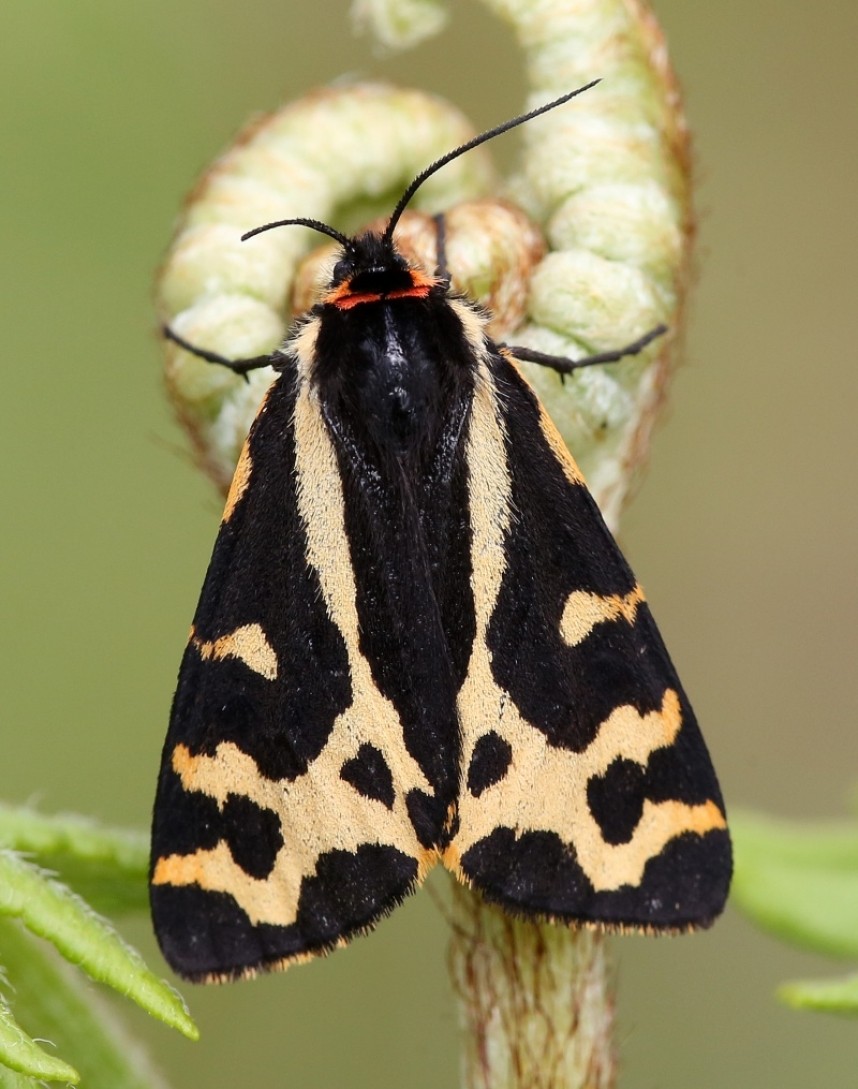
Wood Tiger North York Moors © Dan Lombard
As is so often the case the more popular beetles with clients were the larger or more conspicuous species. The longhorn beetles fall into both of these categories and it was good to record eight species this year including Two-banded Longhorn, Black-spotted Longhorn, Four-banded Longhorn, Black and Yellow Longhorn, Wasp Beetle and Golden-bloomed Grey Longhorn. The latter, still a relatively recent colonist to the area on Hogweed, was especially popular. Other highlights included 14 species of ladybird, Green Tiger Beetle, Dor Beetle, Cardinal Beetle, Cockchafer, four species of Sexton Beetle as well as masses of leaf beetles and weevils. Perhaps the ultimate beetle highlight of the year was finding and watching Glow-worms!
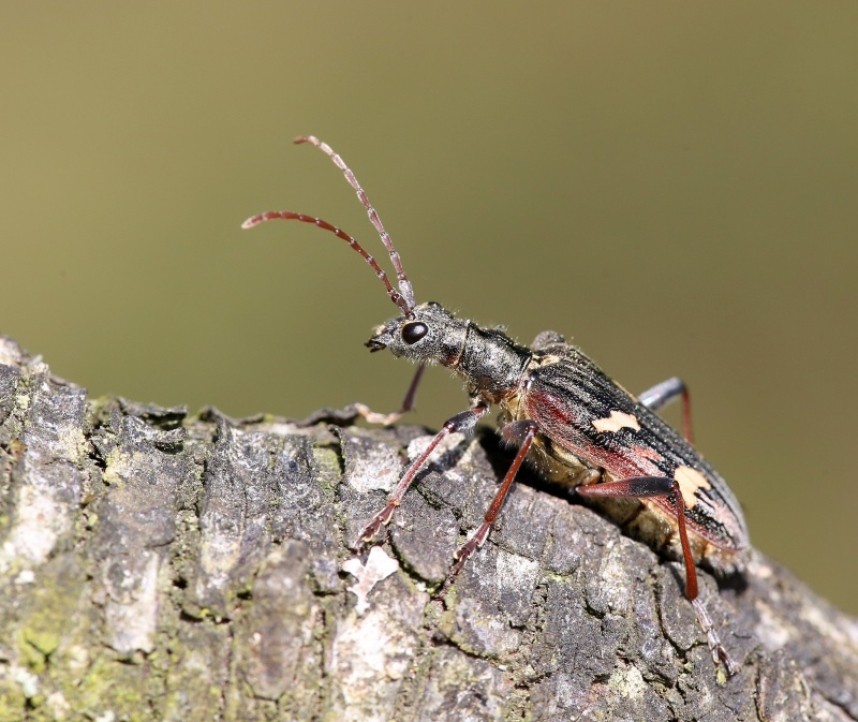
Two-banded Longhorn Beetle © Dan Lombard
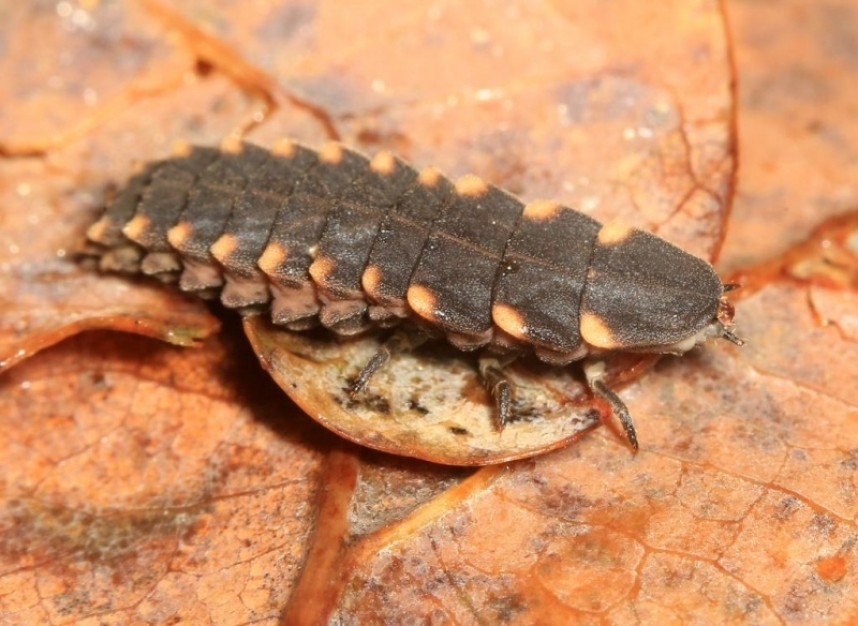
Glow Worm in The Great Yorkshire Forest © Dan Lombard
True bugs are perhaps less easy to casually come across without specific searching. However we still managed to show clients 12 species of shieldbug on our safaris. These consisted of Hawthorn Shieldbug, Birch Shieldbug, Parent Bug, Pied Shieldbug, Green Shieldbug, Hairy Shieldbug, Gorse Shieldbug, Red-legged Shieldbug, Spiked Shieldbug, Bronze Shieldbug, Heather Shieldbug and Blue Shieldbug. Notably Parent Bug, Pied Shieldbug and Bronze Shieldbug are around the northern edge of their core ranges and Heather Shieldbug is particularly localised, making these great additions to the YCN client list. Spiked Shieldbug appeared to show a significant population expansion in our region this year, with huge numbers of this predatory species recorded. We also noted a range of smaller plant bugs over 2014.
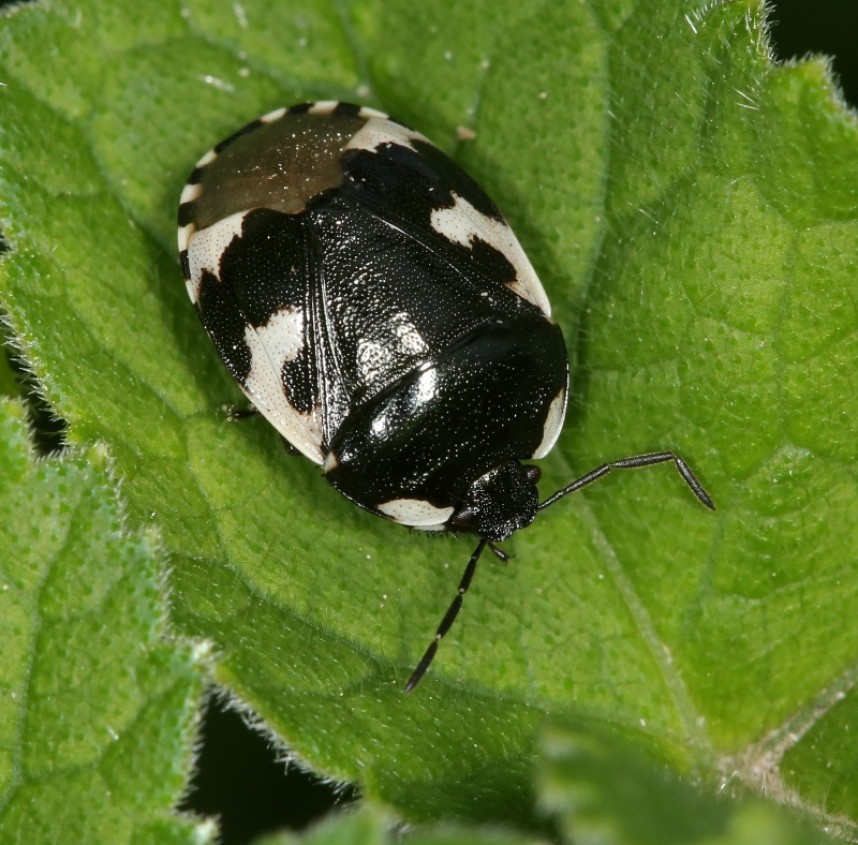
Pied Shieldbug © Dan Lombard
Flies can be a rather uninspiring group to the casual observer, but with a closer look clients got an amazing insight into the less known aspects of the lives of flies. One of the most interesting groups, ecologically speaking, are parasitic tachinid flies. We recorded a multitude of species, with the most popular being the huge bumblebee- sized Tachina grossa, which is abundant for a few weeks in late July/August. Other firm favourites included the hoverflies (of which we recorded over 40 species!), robberflies and thick-headed flies, including the bumblebee parasite Sicus ferrugineus. Despite their relative abundance, finding so many Bee-flies in the spring was one of the real highlights of this group.
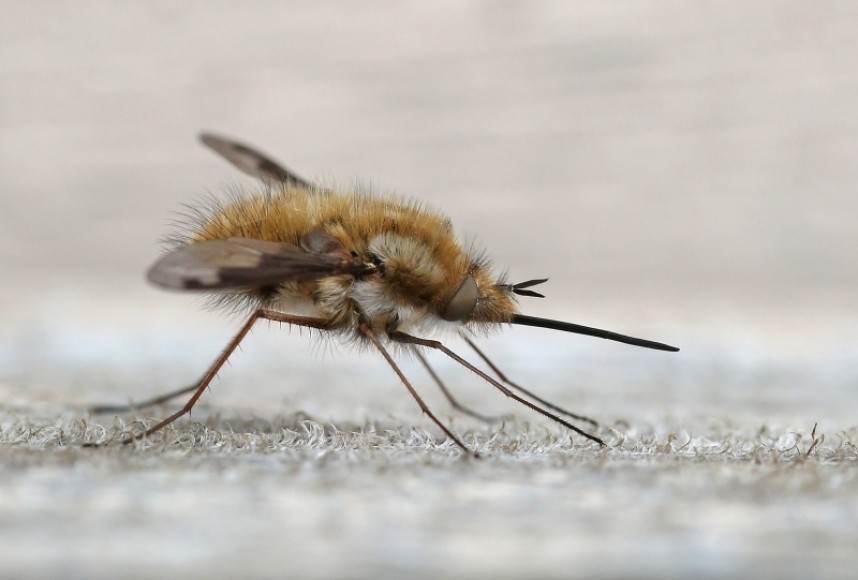
Bee Fly © Dan Lombard
Grasshoppers and crickets are a relatively limited species group in this region so the team was delighted to record two species of Bush Cricket, two groundhoppers and four grasshoppers. The highlight was the Bog Bush Cricket found by Andy Gibson on our YCN/YWT botany day at Fen Bog: this was a new species for the reserve! At the other end of the region down at Spurn we had great views of Roesel's Bush Cricket on our Highfield Farm tour. On our NP Safari tours we found Slender Groundhopper, Common Groundhopper, Common Green Grasshopper, Field Grasshopper, Meadow Grasshopper and Mottled Grasshopper.
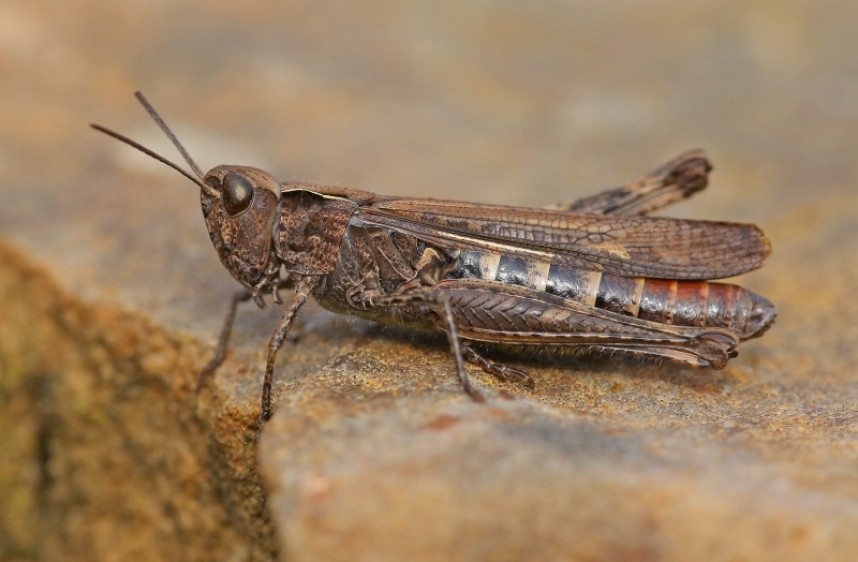
Field Grasshopper © Dan Lombard
The final species group, the hymenoptera, remained ever-present during our tours, with some great close-up views of the social species such as bumblebees and communal wasps. Bumblebees are always favourites on tours and it has been great to track the increase of the Tree Bumblebee across the region this year. Social wasps also appear to have recovered this year, after a relatively poor 2013. This will no doubt have helped the local Honey Buzzards rear their young in 2014. We managed to record a vast array of solitary bee and wasp species too, looking at the incredible range of species diversity of parasitic ichneumon wasps.
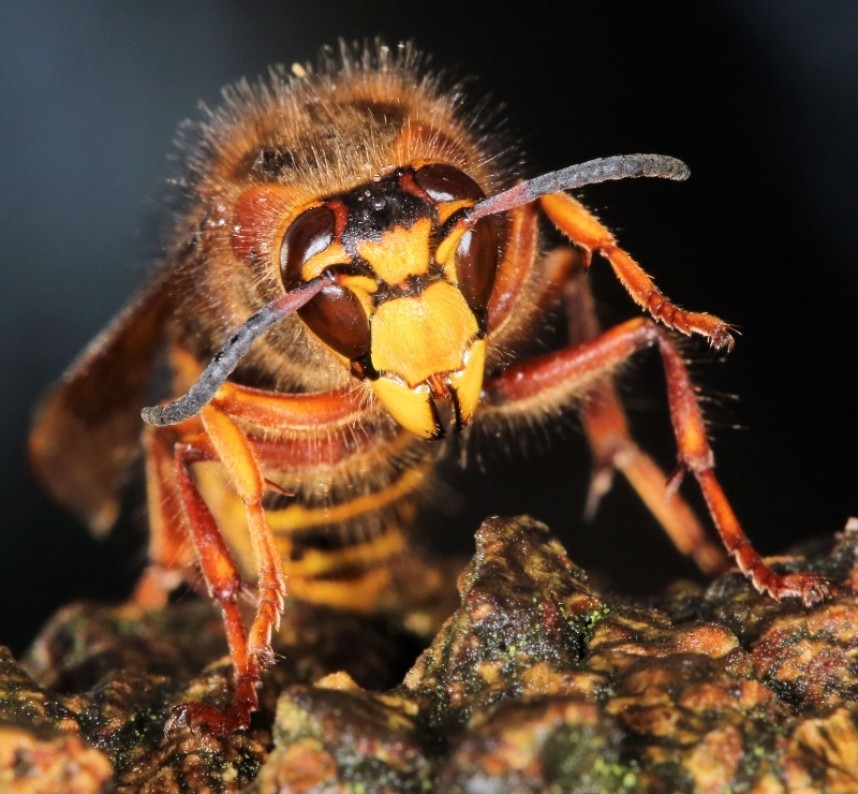
Median Wasp © Dan Lombard
One of the great things about insects is their sheer diversity. There are always winners and losers each year owing to the weather. Generally relatively dry, but not drought conditions suit most species. In 2014 we had a relatively good year, recording a number of new species and tracking further range expansions of several more, perhaps helped by recent mild winters. We are really excited about 2015 now we have many more sites to explore we are expecting our insect heads to explode!
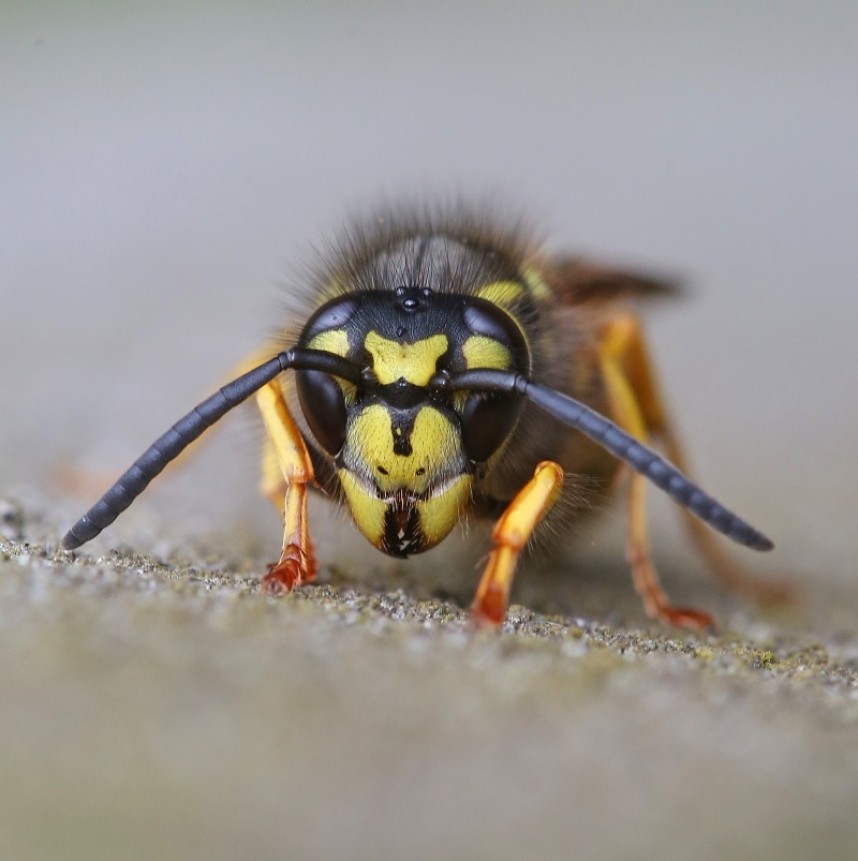
German Wasp © Dan Lombard



 Back to Blog
Back to Blog
